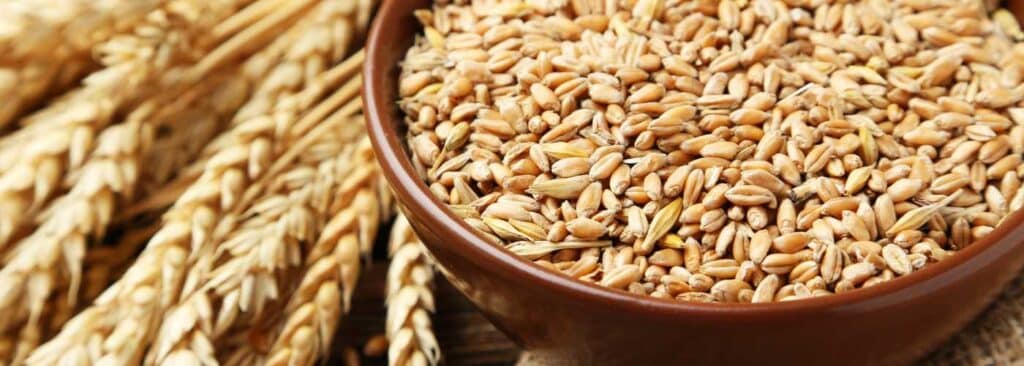This kind of tests are implemented by means of different electromechanical equipments that measure flours characteristics and aptitudes when dampened and kneaded.
Apart from standard tests for moisture, protein and ash content, Millers Group employs specialized industry tests such as Falling Number, Zeleny Sedimentation Volume. For measuring dough consistency (know as its resistance to mixing) we employ a Brabender Farinograph. The features of the resulting “Farinogram” indicate the strength of the flour in relation to its water absorption.
Another specialized machine employed by Millers Group is Chopin Alveograph, that records the pressure developed in a dough bubble during inflation. The resulting graph describes dough extensibility and its resistance to stretching. Also, the length and shape of the curve can be related to the baking characteristics of the analyzed flour.
The main difference between last methods is the unit employed when registering water absorption: on the one hand, the Farinograph defines farinographic units; on the other hand, the Alveograph determines extensographic units.
Moreover, there exists an almost perfect correlation between both analyses. There by, a sample which performs well in one test does in the other.
Millers Group employs both procedures with the sole objective of improving the reliability of the measures.




